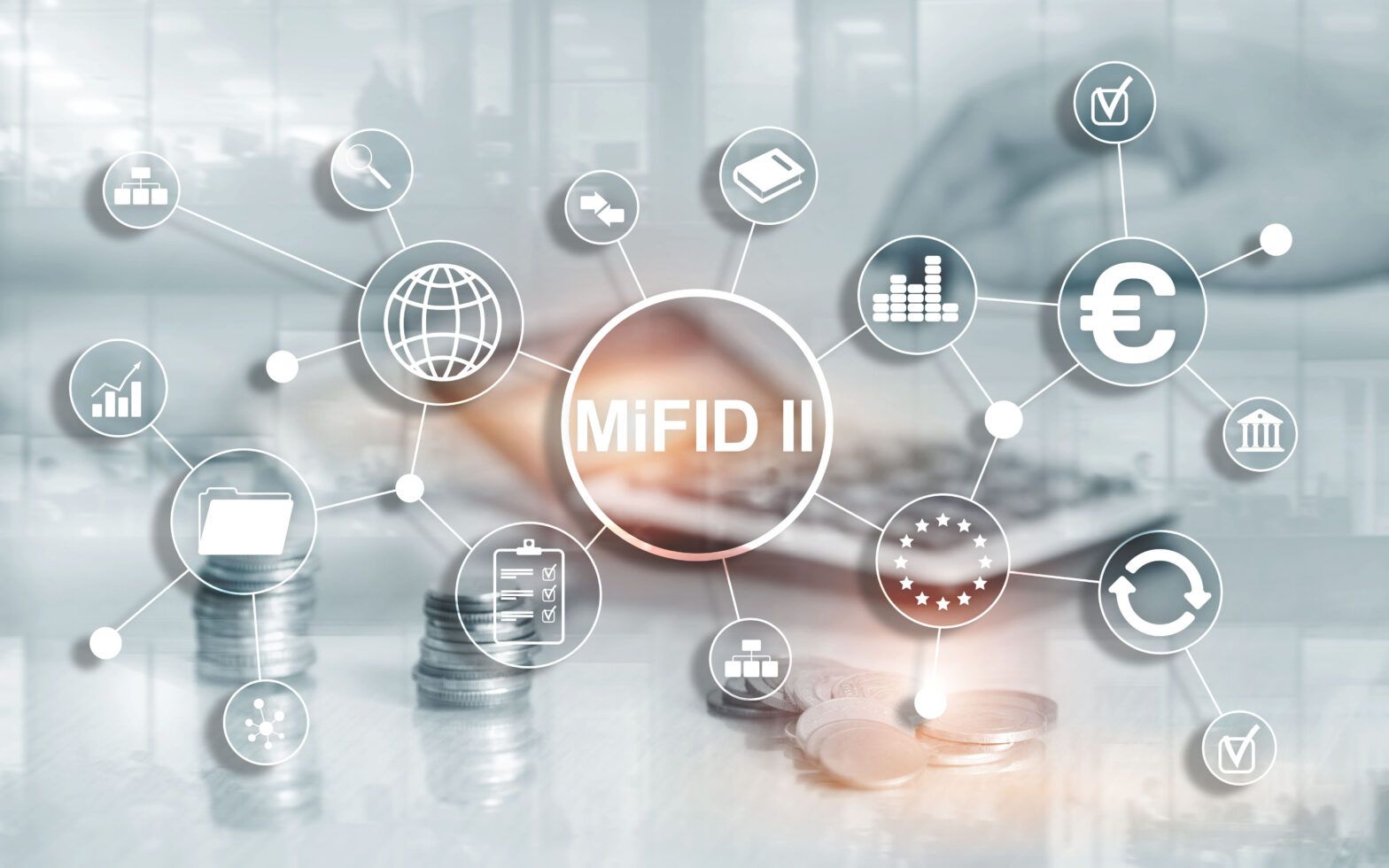The ESG revolution has been swift but is coming under considerable pressure.
After going from fringe consideration to centre stage in the world of finance, some have called ESG a fashionable fad.
The strong commitments that have been made by governments and organisations, including at last year’s COP26, to make corporations and the finance industry more sustainable, socially conscious and better-governed is now a permanent reality for companies and market participants.
In the middle of new challenges that have emerged in commodities, fixed income and equity markets in 2022, it is important that market participants do not lose sight of the ESG regulatory requirements they need to adhere to. In particular, in the area of suitability.
This is especially important as the regulatory environment firms up around the area of ESG.
The upcoming SFDR implementation is firmly on the radar of market participants.
With many firms coming to grips with their preparation (or lack of) for these regulations, the delay has at least given firms much more time to comply with the disclosure requirements under these new regulations.
On the other hand, this also means there is now more time to procrastinate.
The proposed revisions to the current Mifid II suitability guidelines, to reflect the upcoming EU Mifid II ESG changes, should bring considerations about ESG regulations and suitability firmly to the top of the agenda, for banks, asset managers and wealth managers. Why?
The implementation of the regulatory update is due in August of this year leaving little time to get prepared.
This is especially tight when you consider that market participants will not have full clarity on the disclosure process for funds and structured products until June.
The new data standard from FinDatEx for the European ESG Template (EET), which will be used by product manufacturers to distribute information on funds and structured products, will be ready for use from 1 June.
As a result, distributors of these products will have only two months to ensure their data is in order to be compliant with the new Mifid II rules.
As we have learned with ESG, having your data in order is no easy thing, especially when tackled internally without external support.
Adding to the complexity, equities and fixed income investments are not required to match up with the FinDatEx standard.
While this may seem like a relief for market participants, the absence of a clear data standard means these assets still need to be suitable in line with the Mifid II update, even though it is not clearly defined which of these investments are actually sustainable, socially conscious or well-governed.
As an example of what this means in practice, there are examples of fund managers trying to define their own standards for equity and fixed income investments based on the FinDatEx EET definitions for funds and structured products.
As with disclosure, matching up investments to investor’s preferences and suitability hinges on data.
Much of the data needed to comply with the suitability requirements under the Mifid II update is the same as that housed already for SFDR and the Taxonomy, but it needs to be presented in a different way.
In the coming months, it is crucial that market participants are proactive in how they prepare the data on funds and structured products for plugging in to the new standard, as well as ensure their suitability considerations on equities and fixed income products match up for their investors in line with a consensus view based on a wide range of ESG data.
Despite the moment of reflection that the industry finds itself in, it is expected that the appetite for ESG investments and products will increase and not diminish.
As the industry opines and deliberates on how to define E, S and G, there should be no delay for market participants to get their houses in order so they can comply with the impending regulatory update come August.









